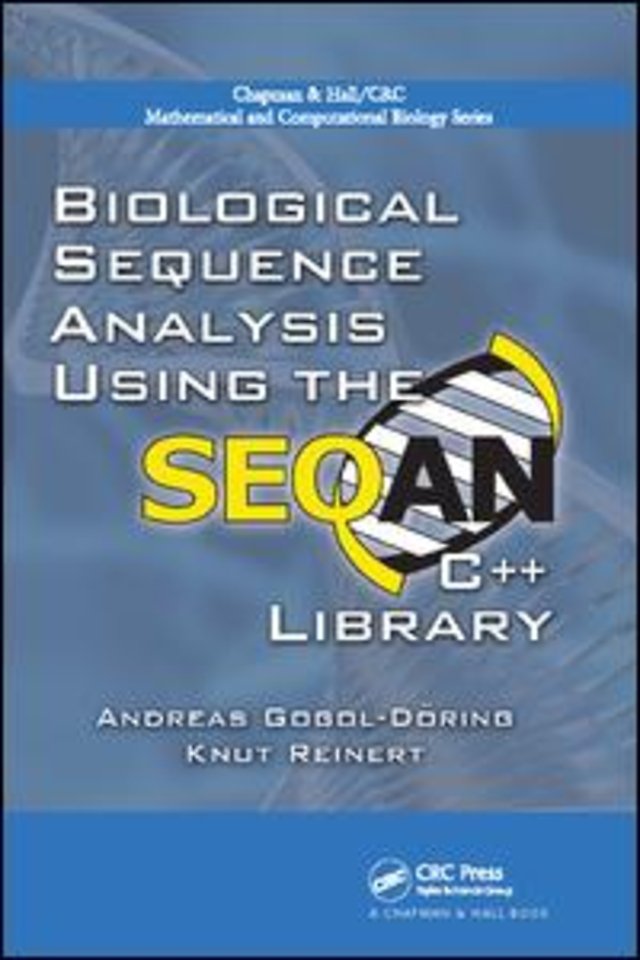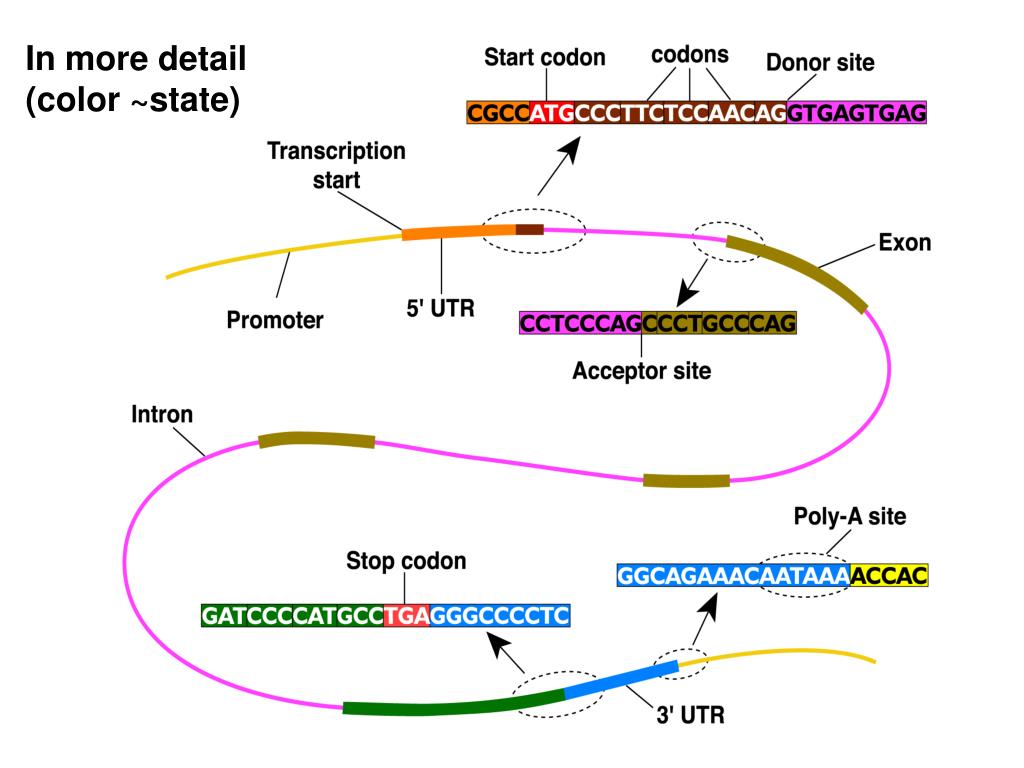

The authors have declared no competing interest. Bioinformatics is a broad realm of research in which Computer Science has much to offer. High Performance Computational Methods for Biological Sequence Analysis by Tieng K.

Given the importance and growing trend in the application of representation learning in biology, here, we review the existing knowledge in representation learning for biological sequence analysis. Vectorized biological sequences can be used for function and structure estimation, or as inputs for other probabilistic models. The biological information associated with the homologous sequences. The biological sequences are often coded by strings, and a large amount of sequence data has. The first method is used to retrieve sequences that are homologous to a query sequence. This transformation is called representation learning and can be applied to biological sequences. Biological macromolecules play a vital role in life activities. Embedding is an essential step in NLP, which converts words into vectors. It includes comparing aligns, indexes, nucleotides and protein sequences. Hence, this makes it perfect for Fortune. These sequences are those which are, usually, concealed in a wide variety or range of patent and non-patent literature.

Sagacious IP’s comprehensive Biological Sequence Search helps to find even the most out of sight and uncommon sequences.
#Biological sequence analysis download#
When we talk about biological sequence analysis, it means to analyze and compare the biological sequences of multiple organisms with each other. Download Biological Sequence Analysis Sample here for free. To tackle this issue, the application of natural language processing (NLP) to biological sequence analysis has received increased attention, because biological sequences are regarded as sentences and k-mers in these sequences as words. The sequences of these amino acids or nucleotides in all the living organisms are termed as their respective biological sequences. Methodologies used include sequence alignment, searches against biological databases, and others. Remarkable advances in high-throughput sequencing have resulted in rapid data accumulation, and analyzing biological (DNA/RNA/protein) sequences to discover new insights in biology has become more critical and challenging. Biological Sequence Analysis gives a unified, up-to-date and self-contained account, with a Bayesian slant, of such methods, and more generally to probabilistic. In bioinformatics, sequence analysis is the process of subjecting a DNA, RNA or peptide sequence to any of a wide range of analytical methods to understand its features, function, structure, or evolution.


 0 kommentar(er)
0 kommentar(er)
